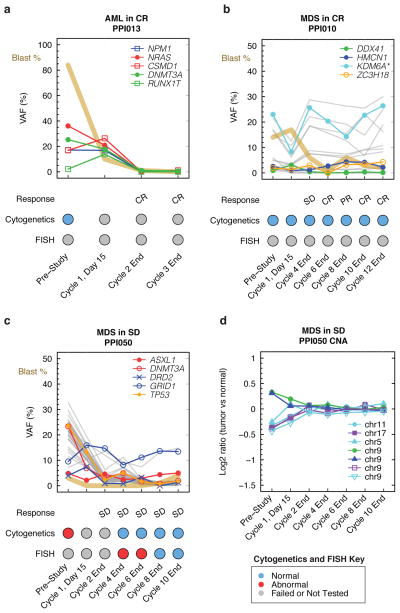Figure 3. Persistence of mutation VAFs in complete remission and stable disease.
(a) An AML patient with normal cytogenetics (PPI013) achieved a CR at the end of cycle 2. The blast % decreased at cycle 1 day 15 prior to a decrease in 5 mutation VAFs, and normalized by the end of cycle 2. The molecular and morphologic response was similar in this patient. (b) An MDS patient with normal cytogenetics (PPI010) achieved a CR at the end of cycle 6 and 12. Mutations VAFs remained detectable throughout treatment, including a mutation in KDM6A that was present with a copy number adjusted VAF ~20–30% (i.e., ~40–60% of cells harboring a mutation). The molecular and morphologic response was discordant in this patient with a normal karyotype. (c) An MDS patient with abnormal cytogenetics (PPI050) had persistent stable disease throughout treatment. Cytogenetics and FISH normalized by cycle 8. While there was an initial decrease in mutations VAFs, they remained detectable throughout treatment. A mutation in ASXL1 was unchanged during treatment and may represent a clone that is independent of the malignant clone (i.e., clonal hematopoiesis of indeterminate significance). The molecular and morphologic response was similar and the patient remained with cytopenias despite have a low level of detectable mutations. (d) Copy number alterations detected by RMG sequencing for PPI050 are shown. Copy number gains have a log2 ratio of tumor versus normal >0 and losses <0. The altered regions are not detected by the end of cycle 2, including del(5). CR, complete remission; SD, stable disease; PR, partial remission; CNA, copy number alterations; VAF, variant allele fraction; FISH, fluorescent in situ hybridization; *copy number adjusted VAF.

